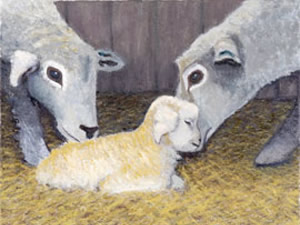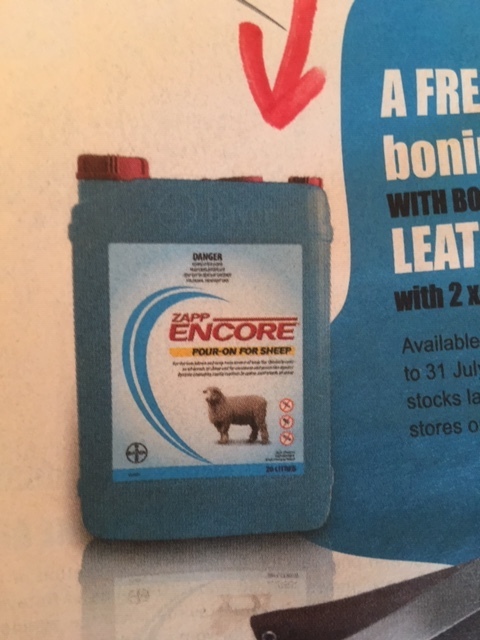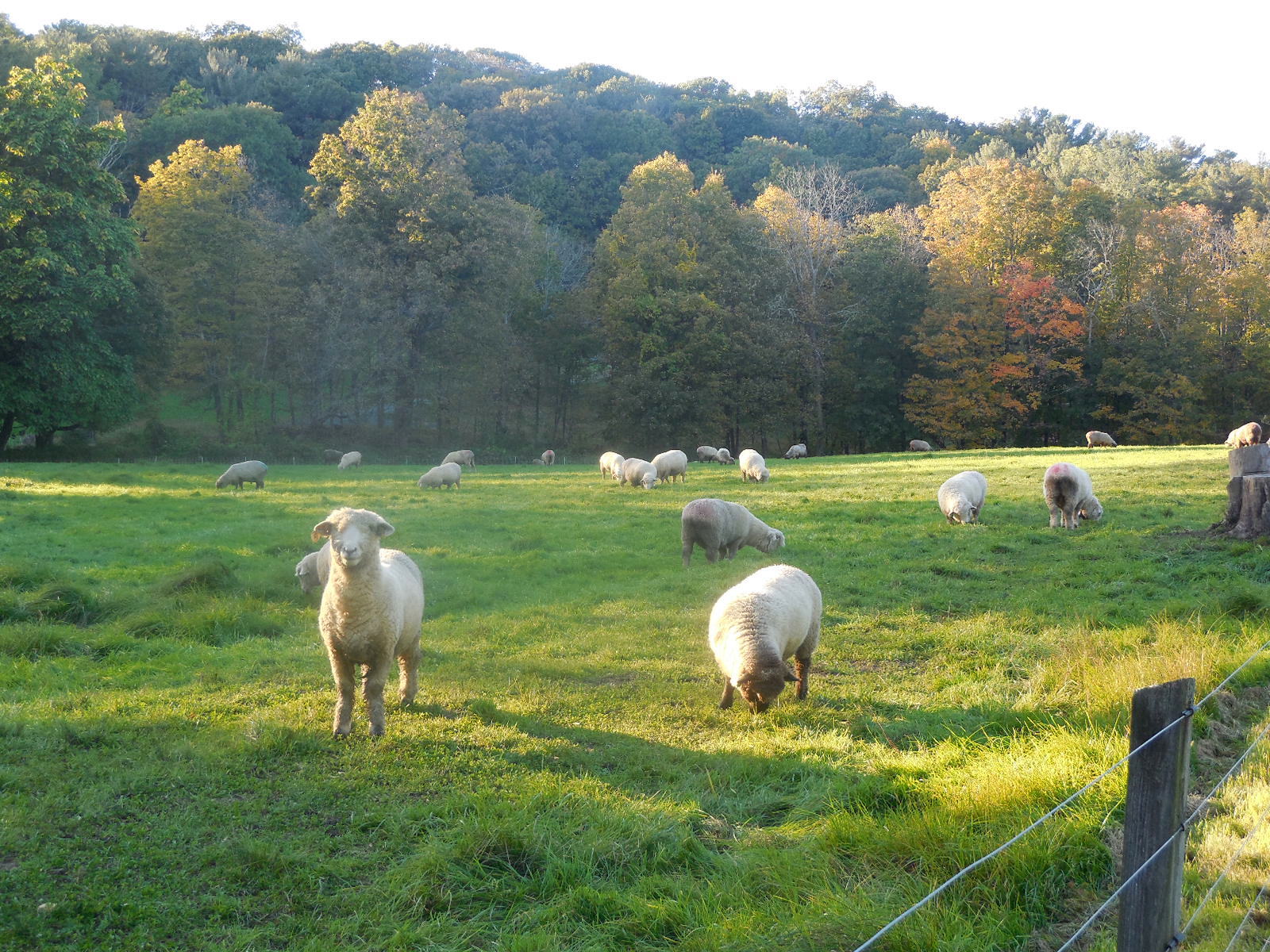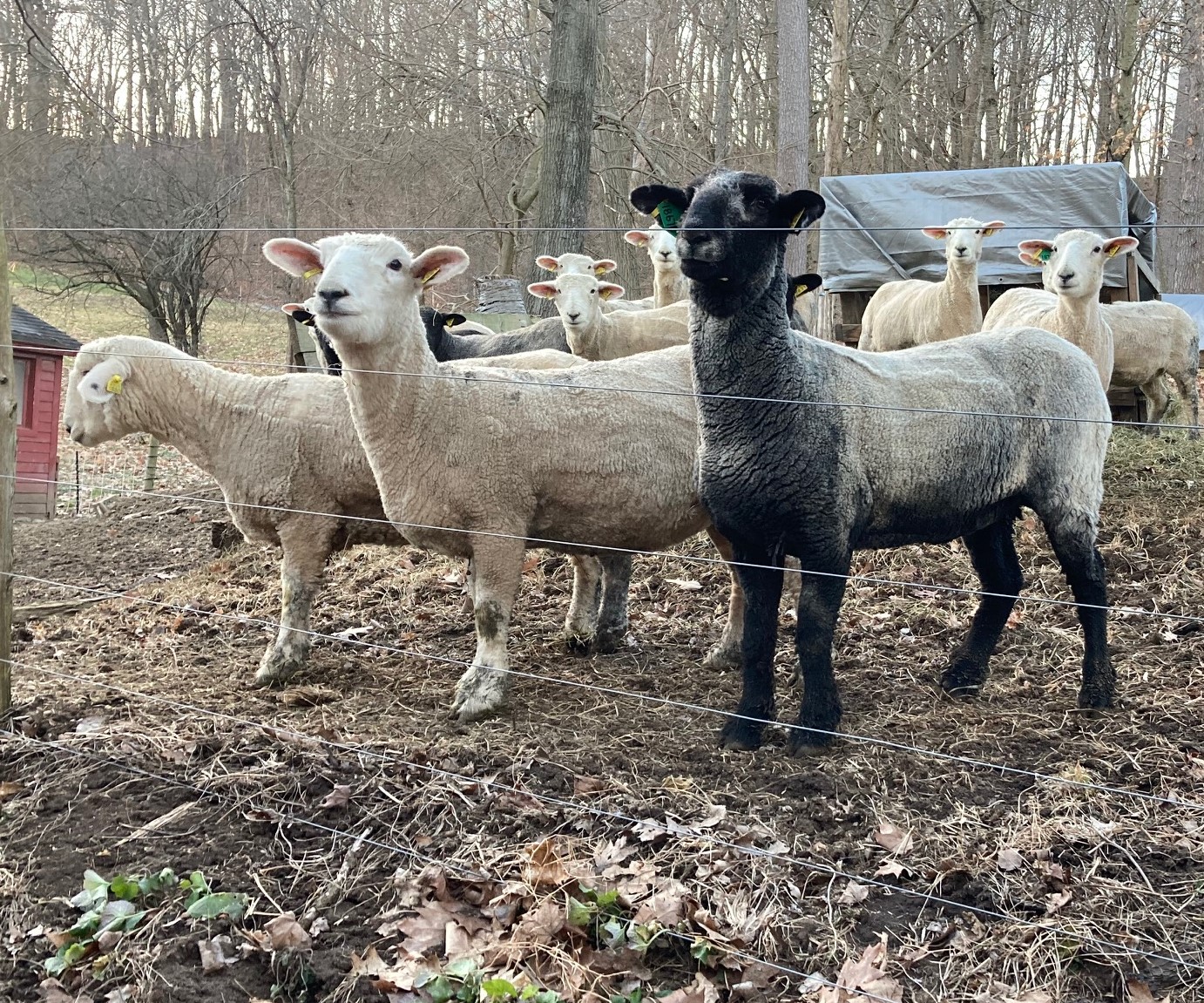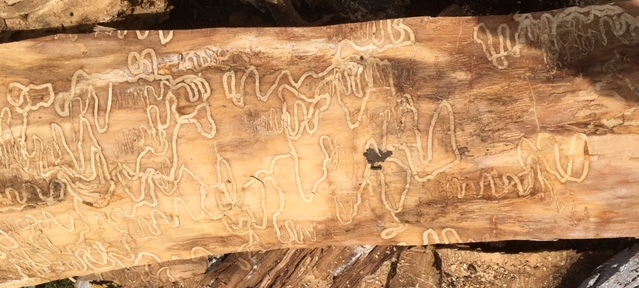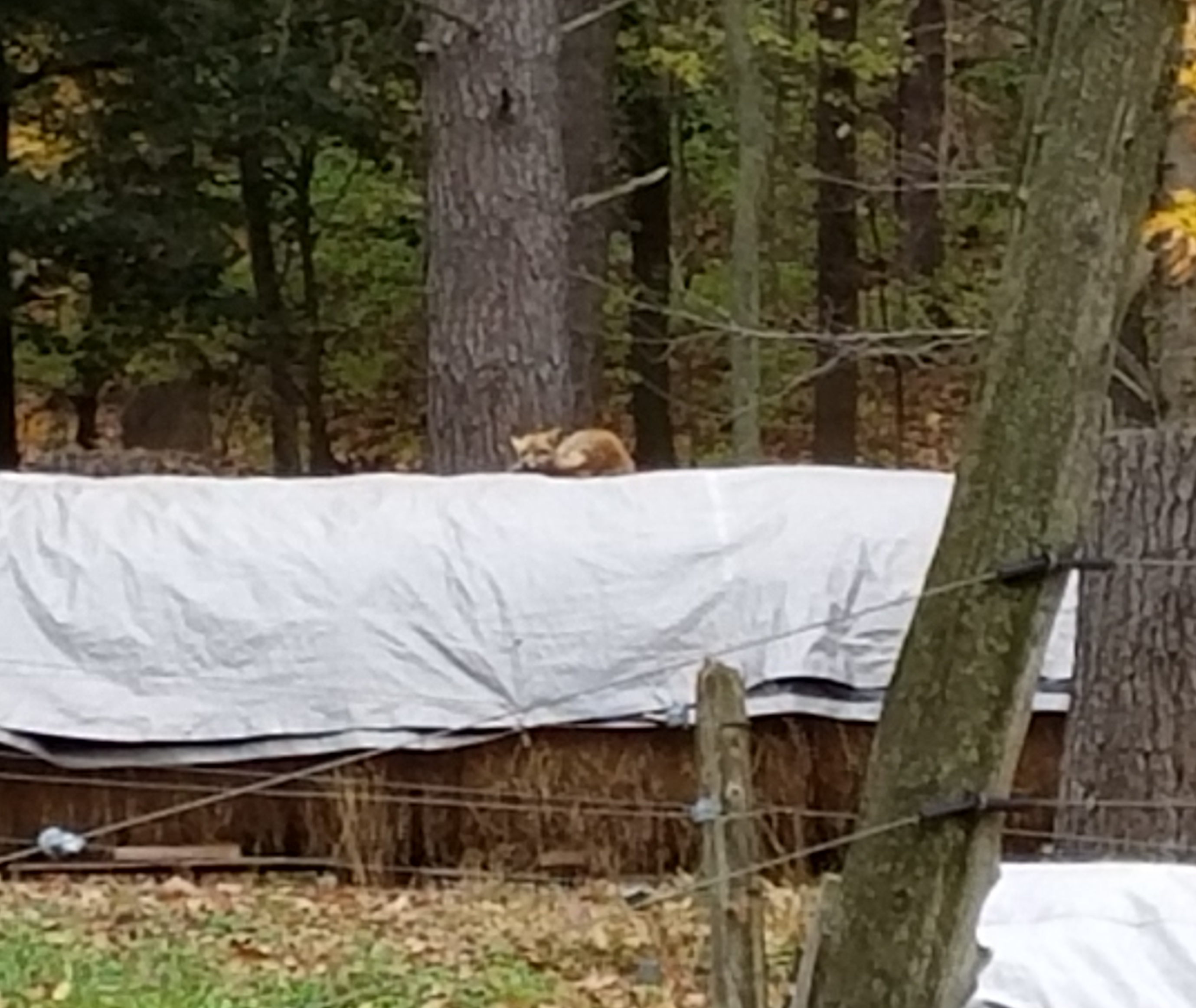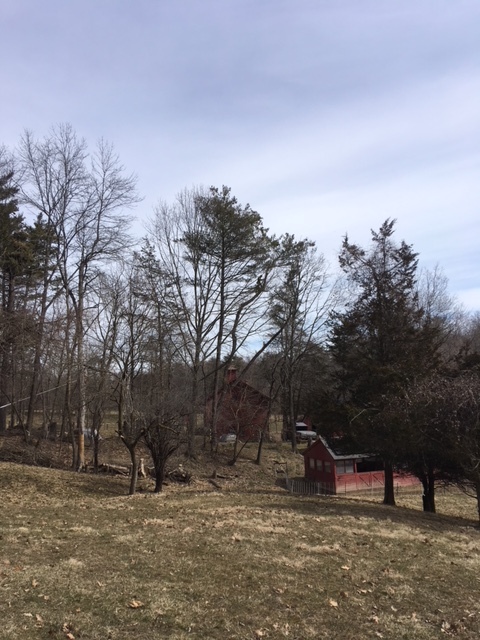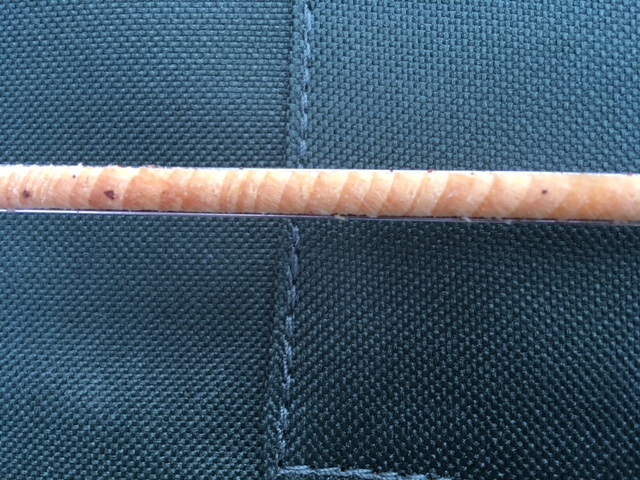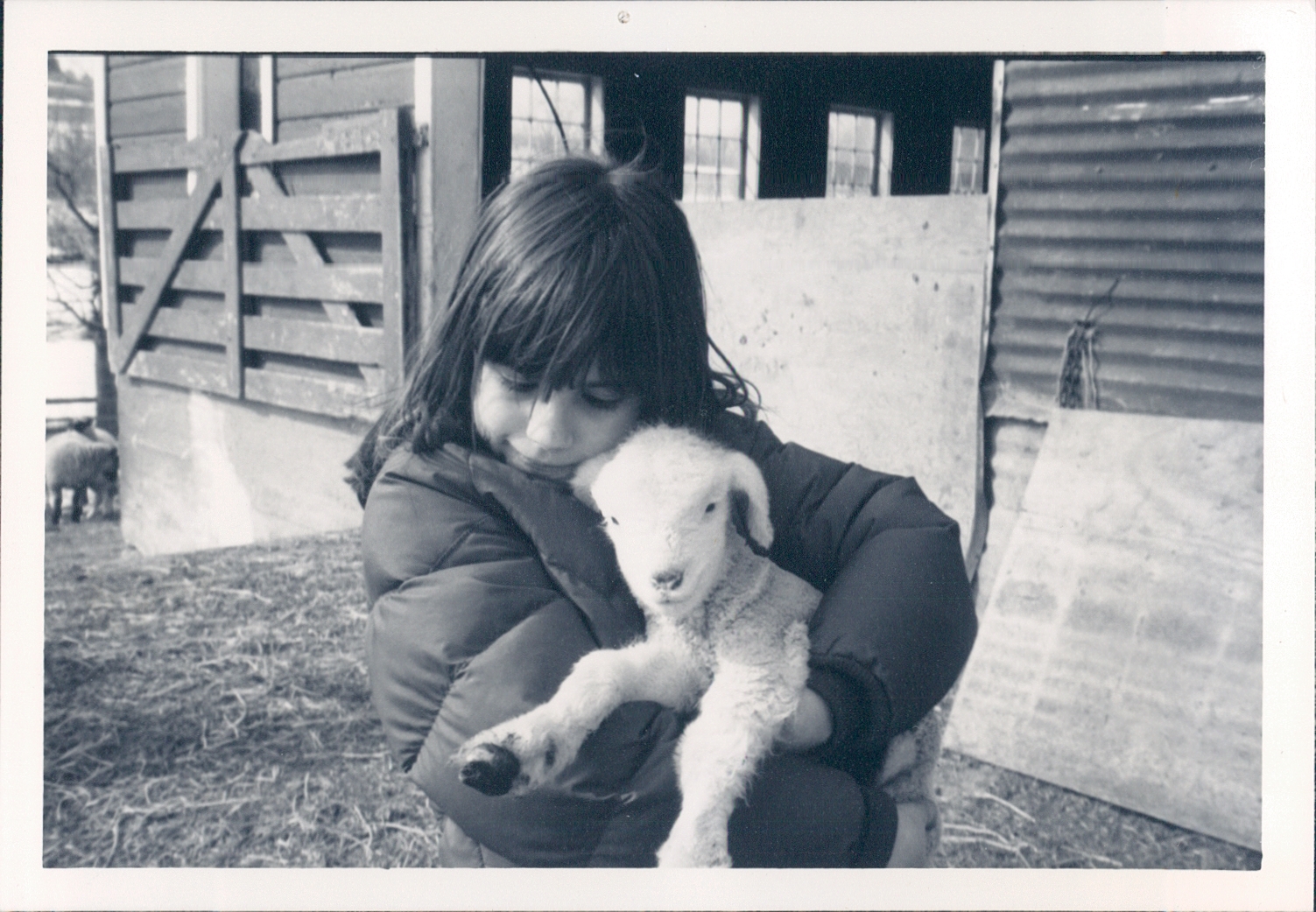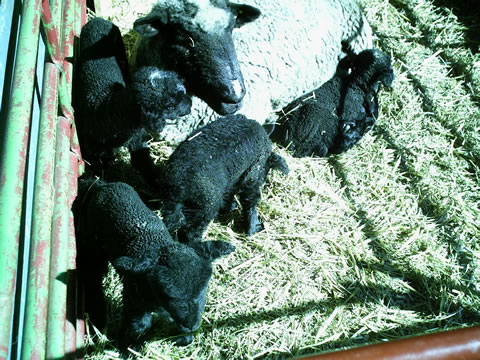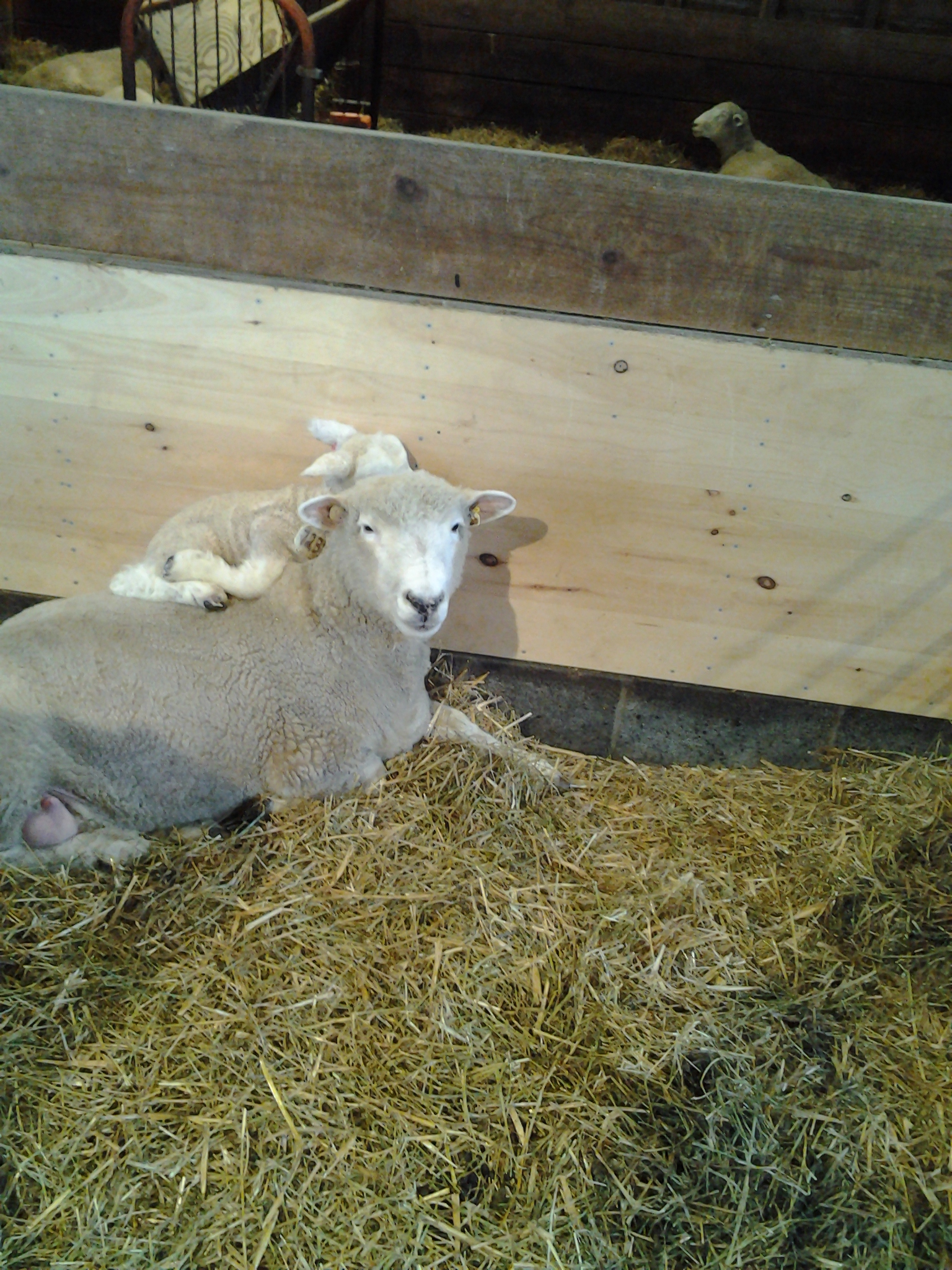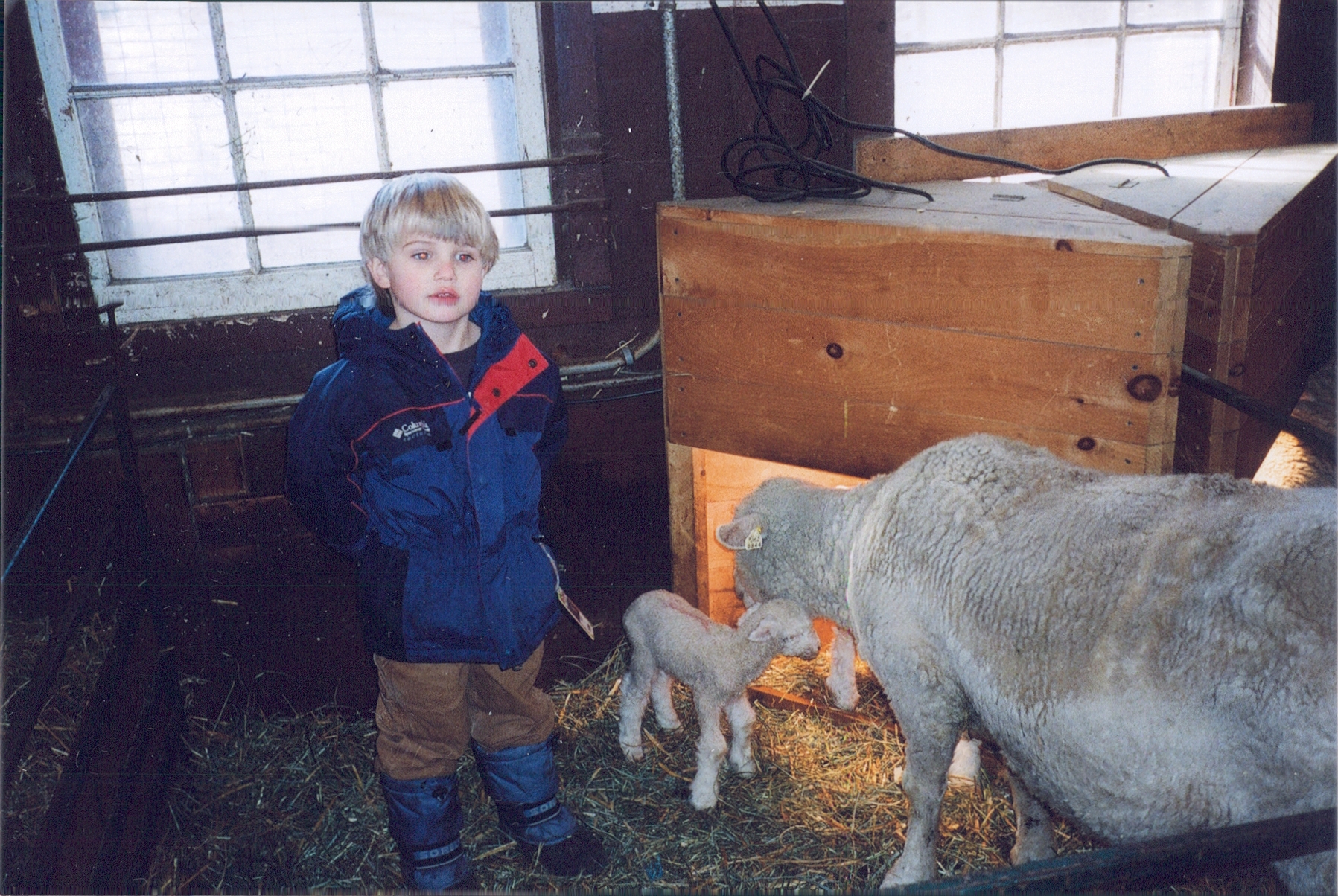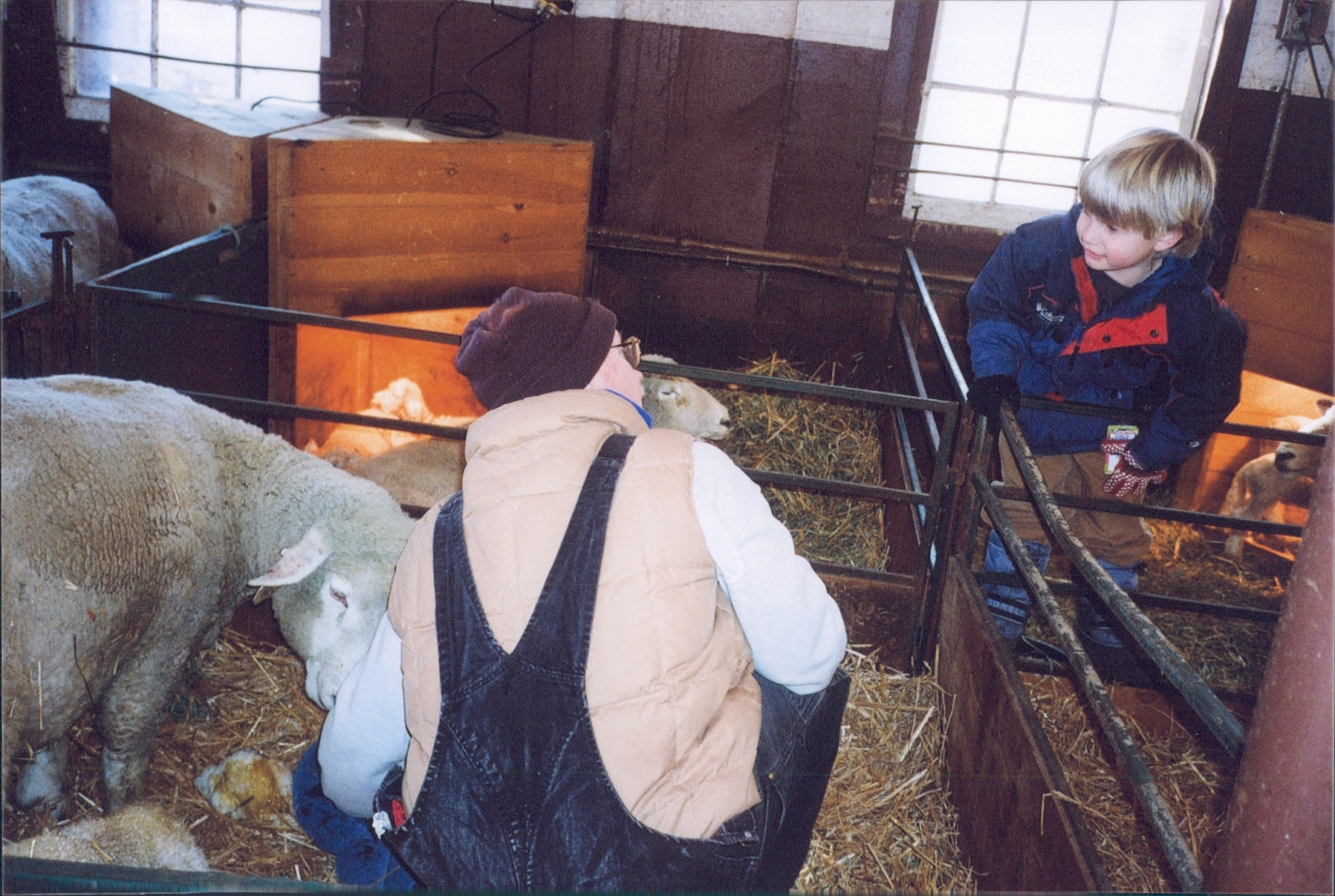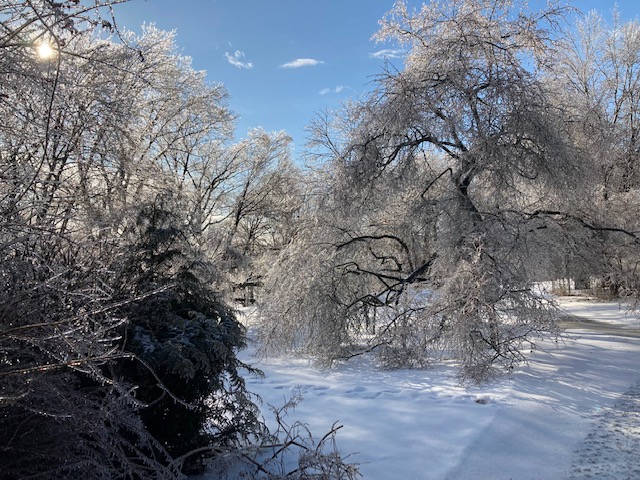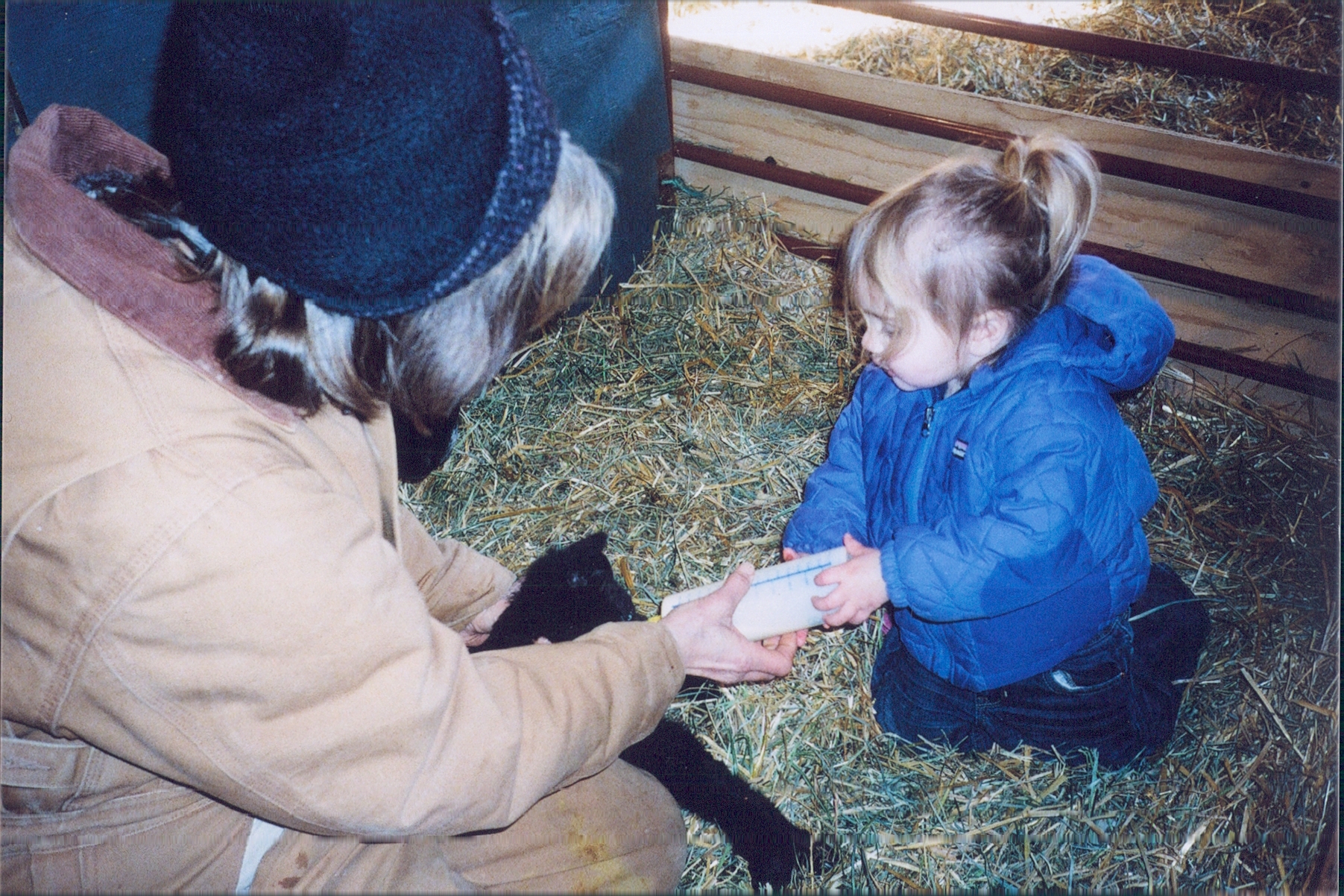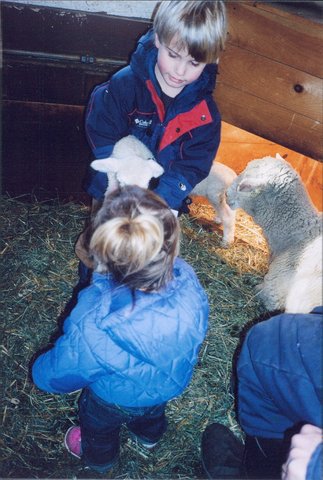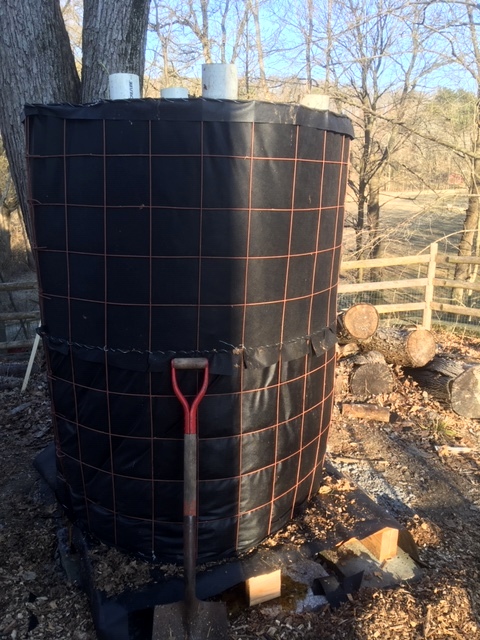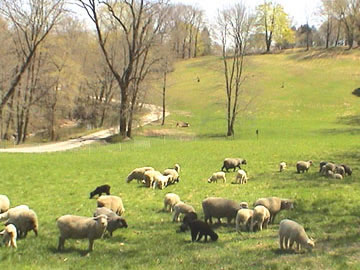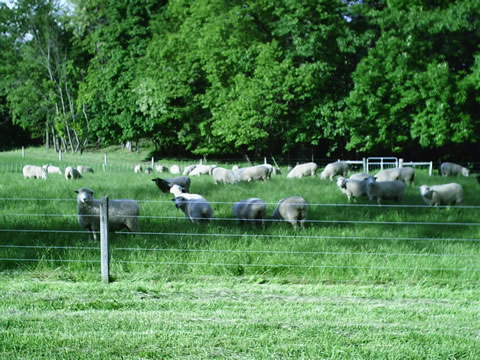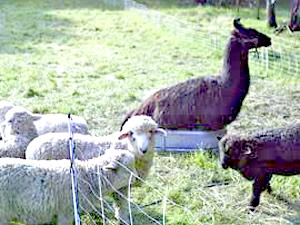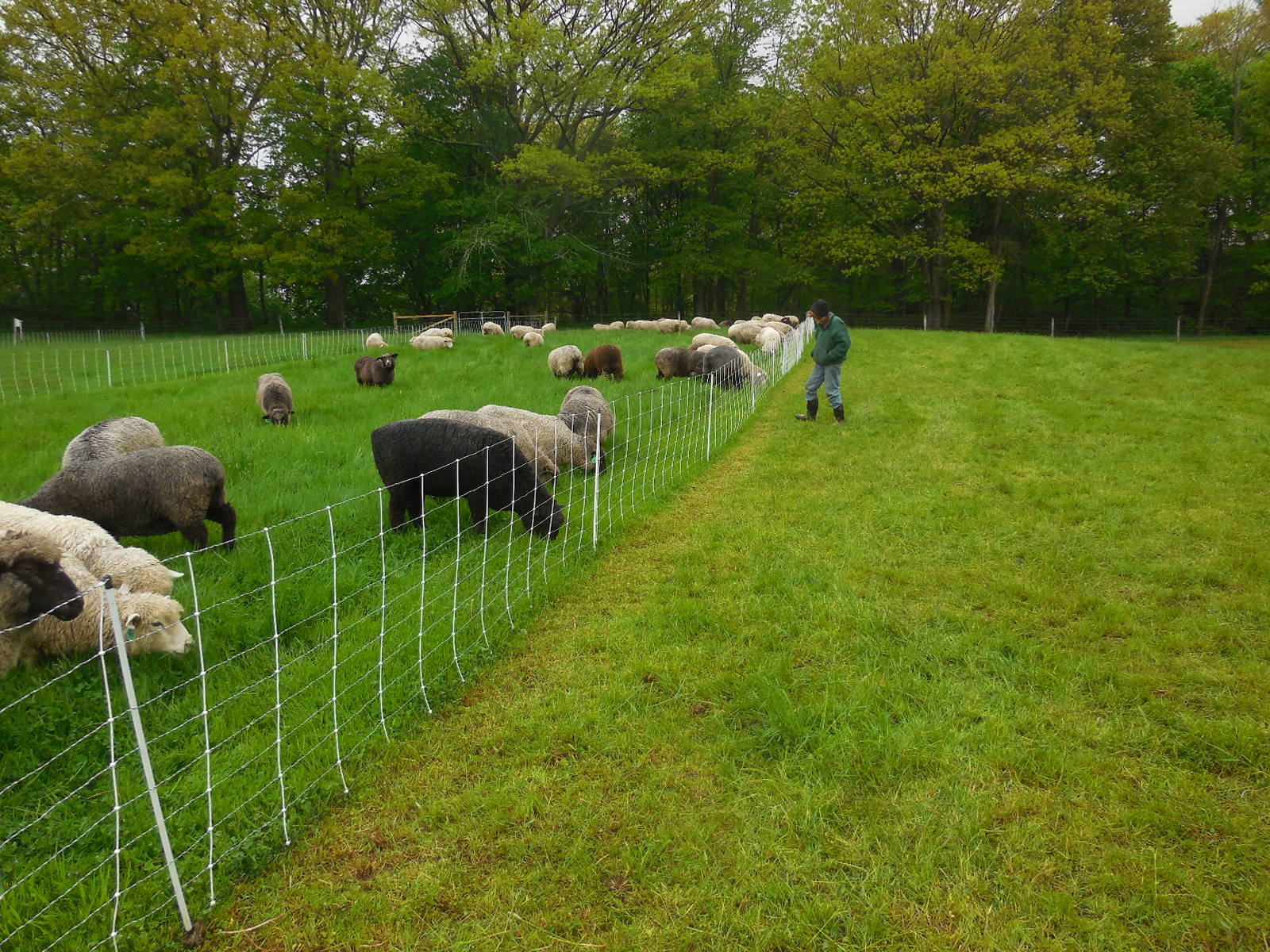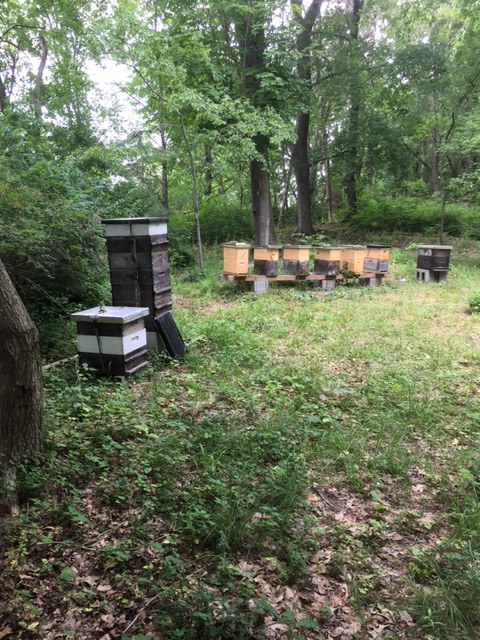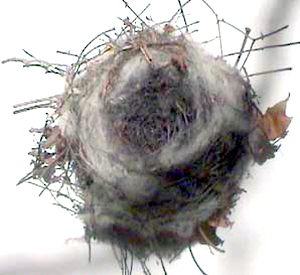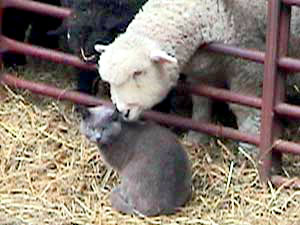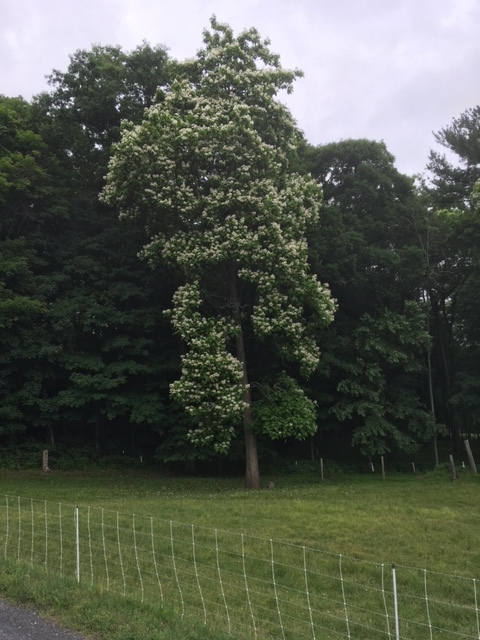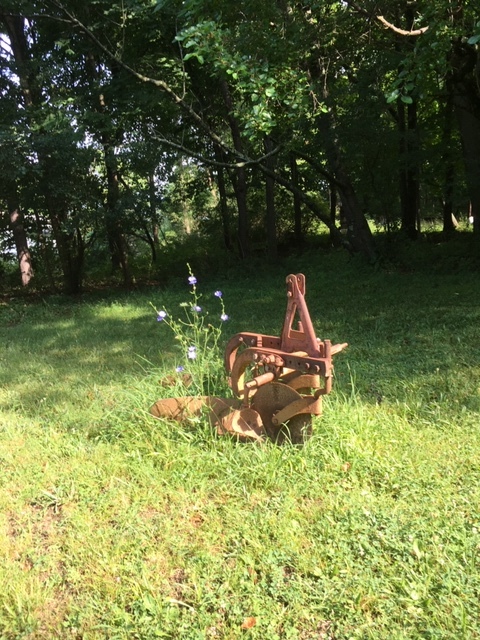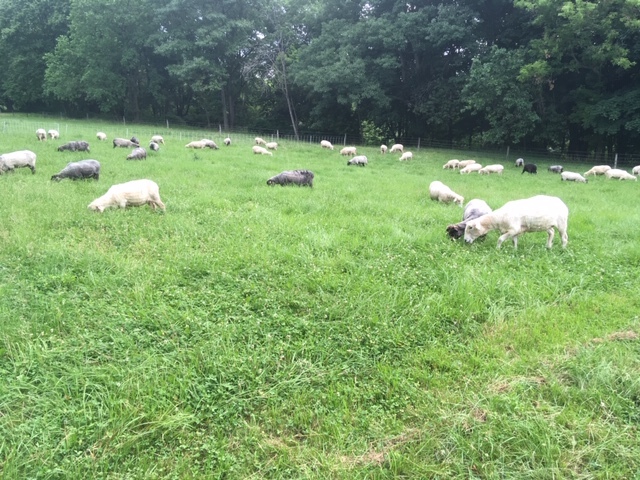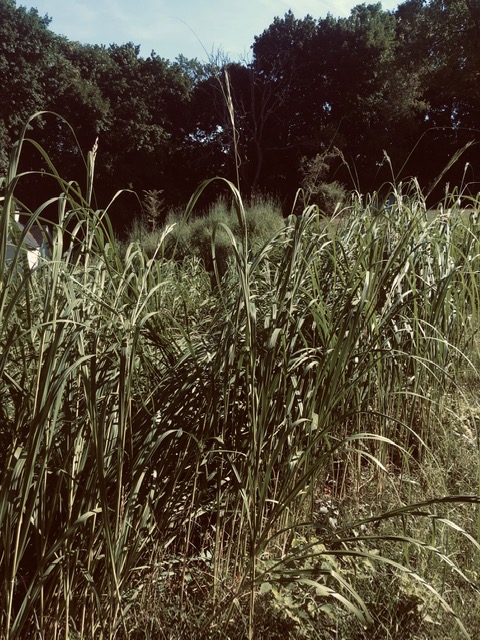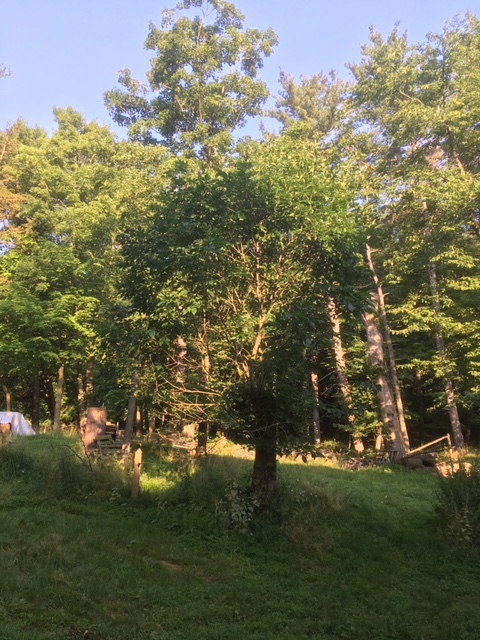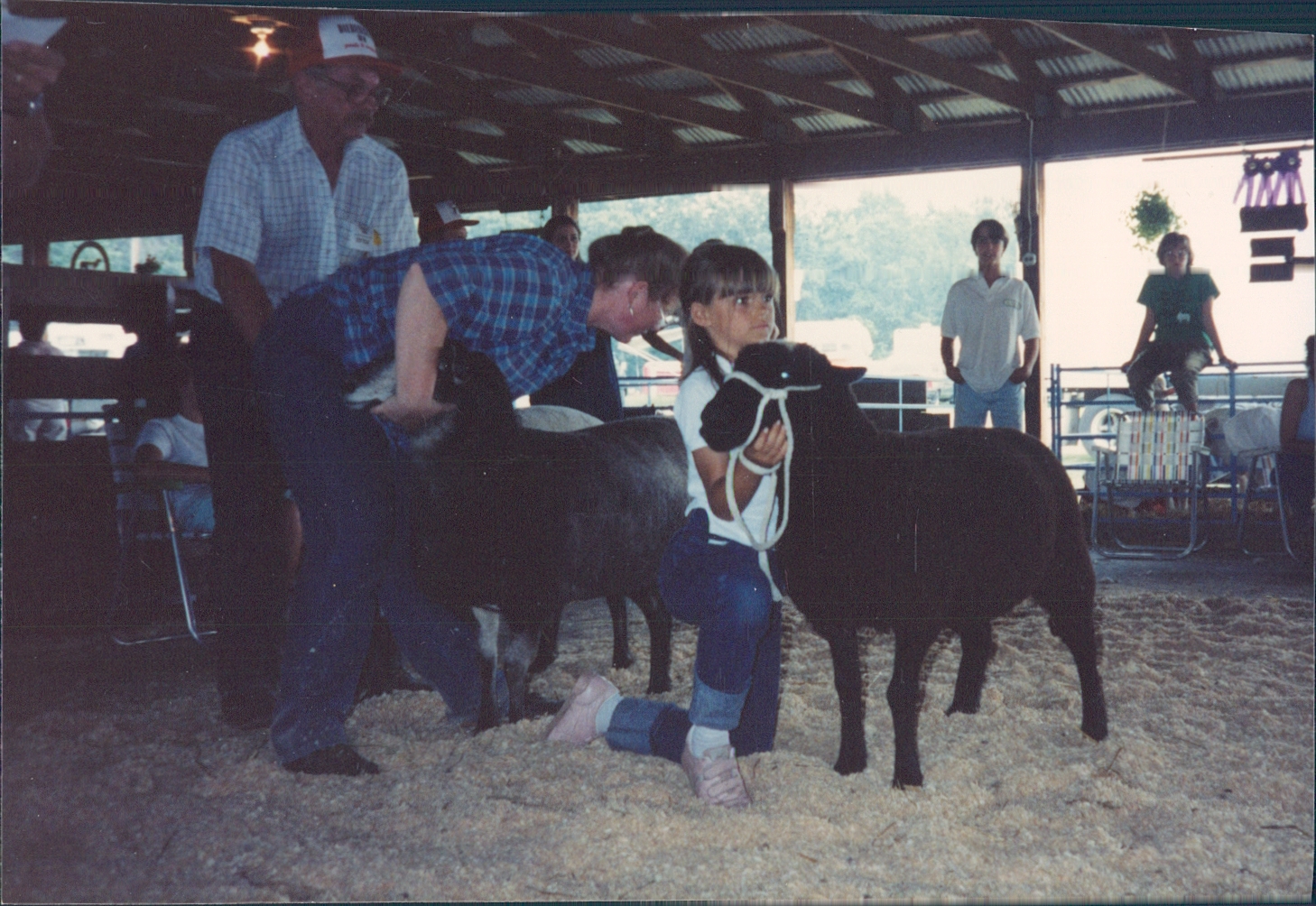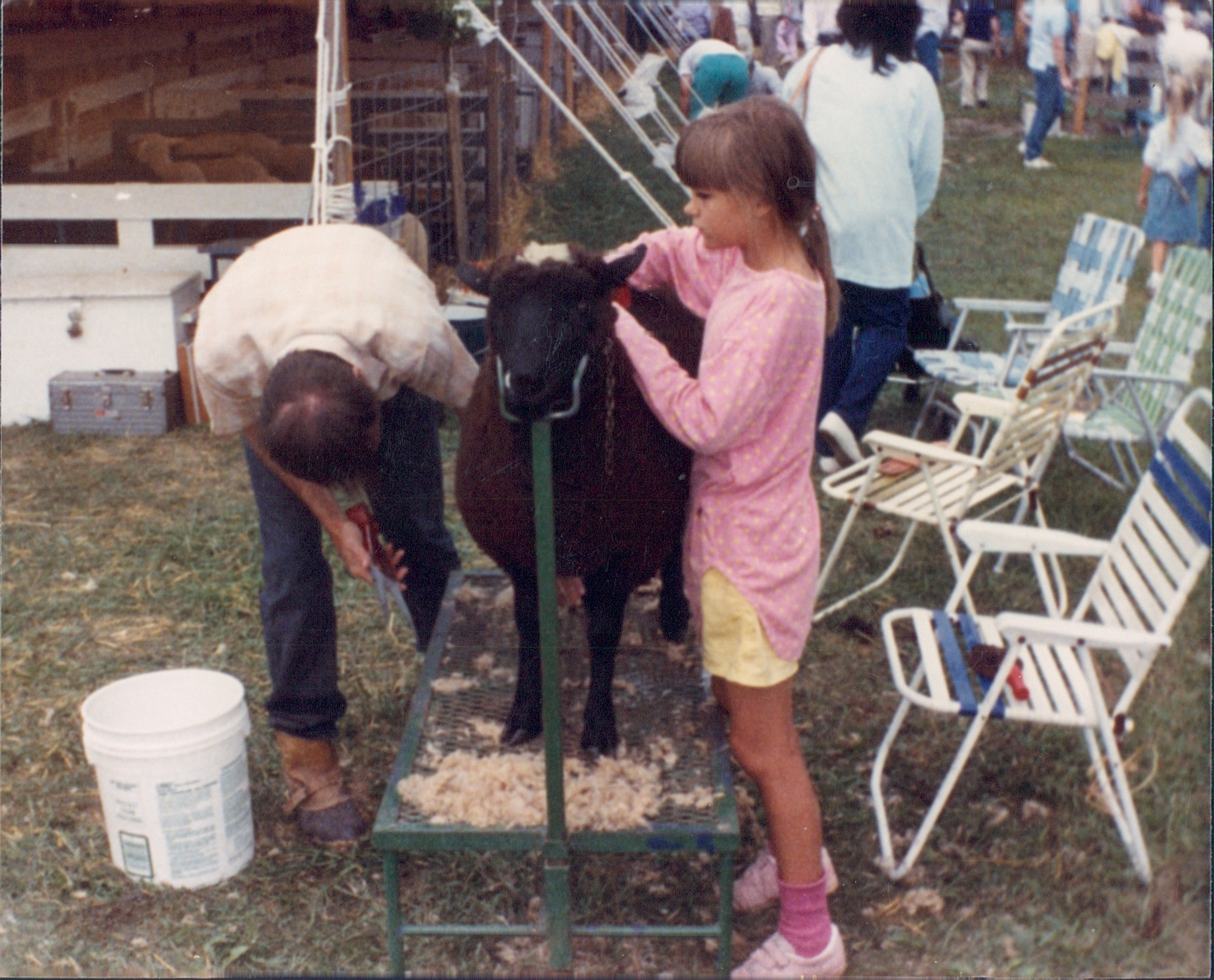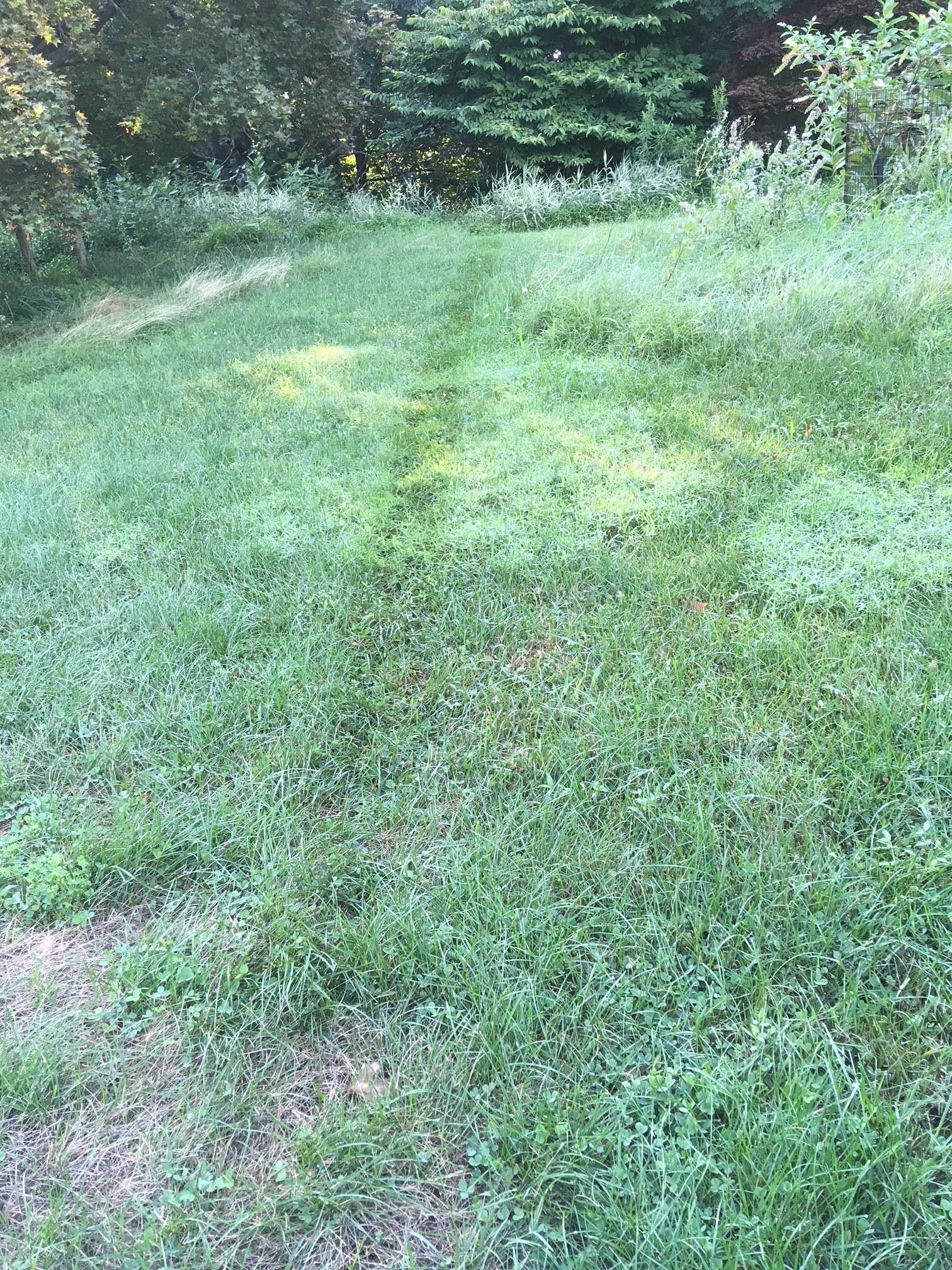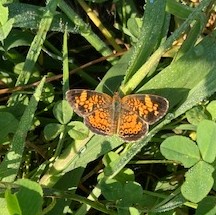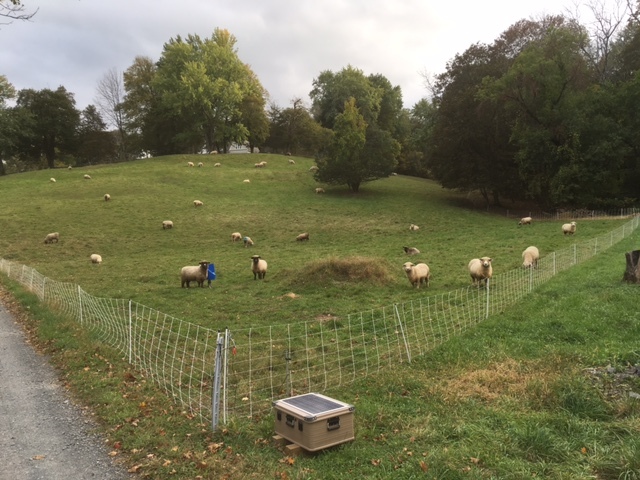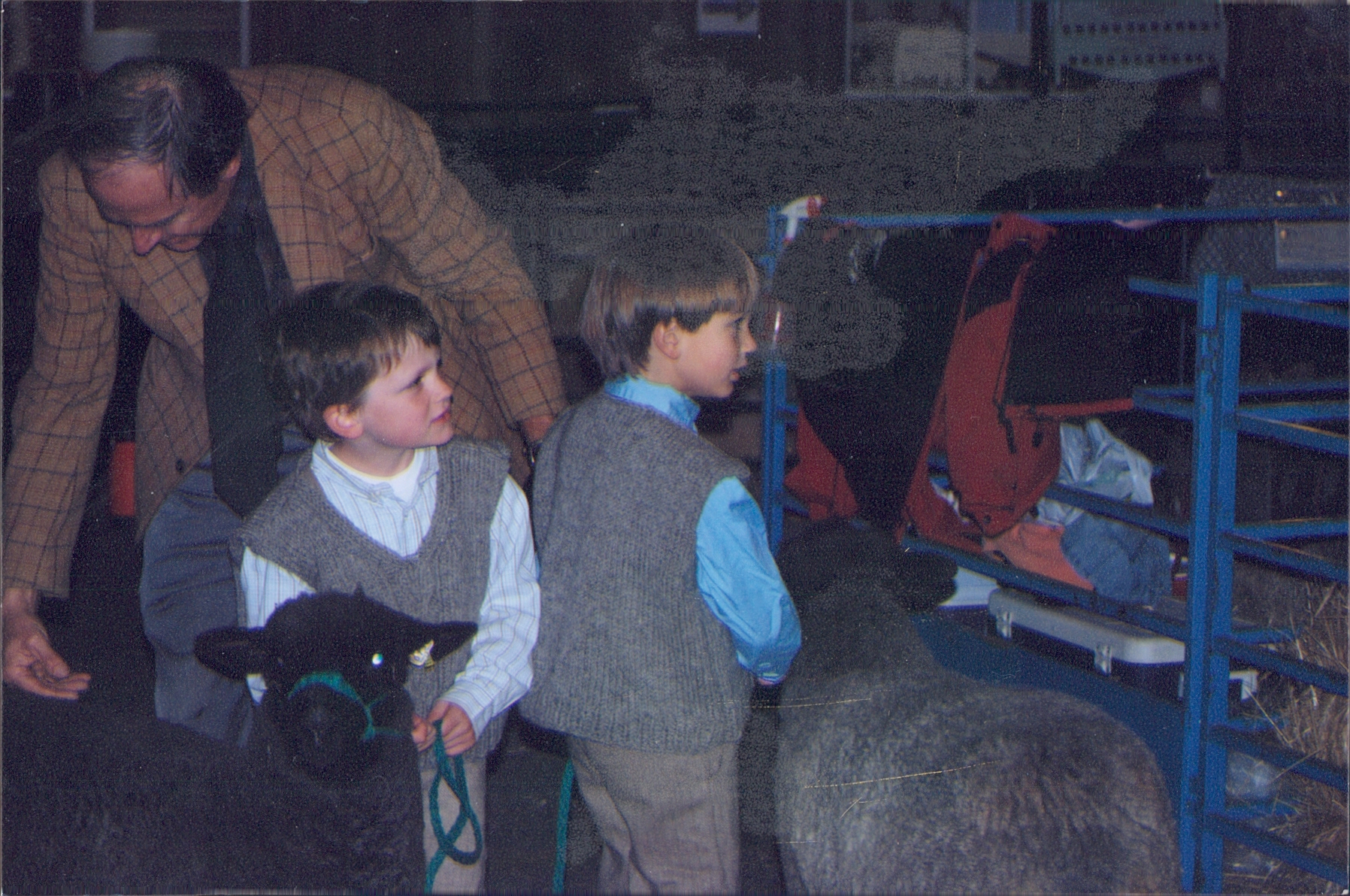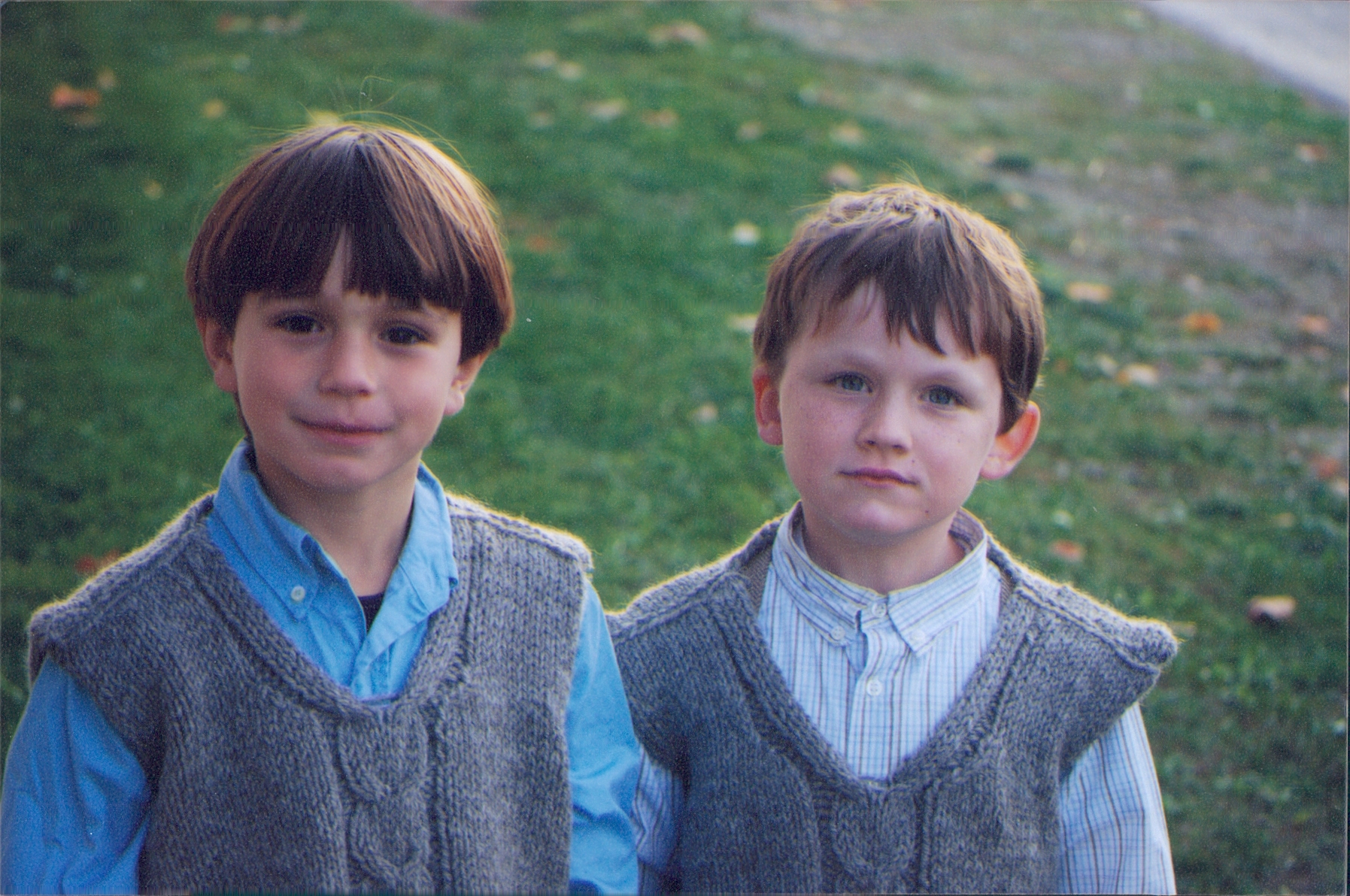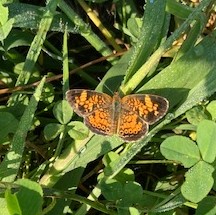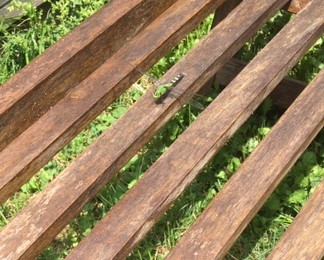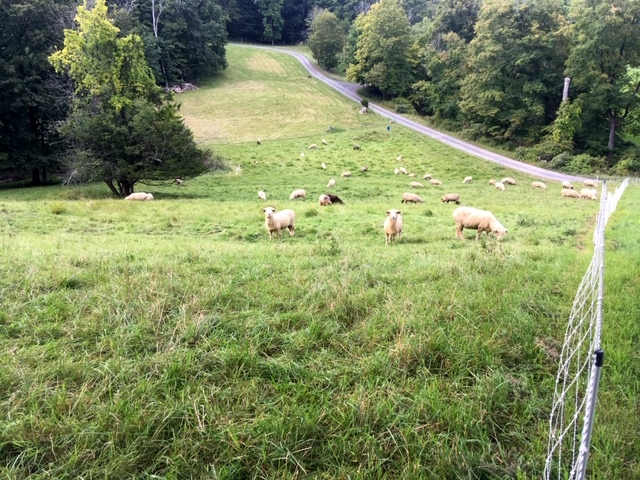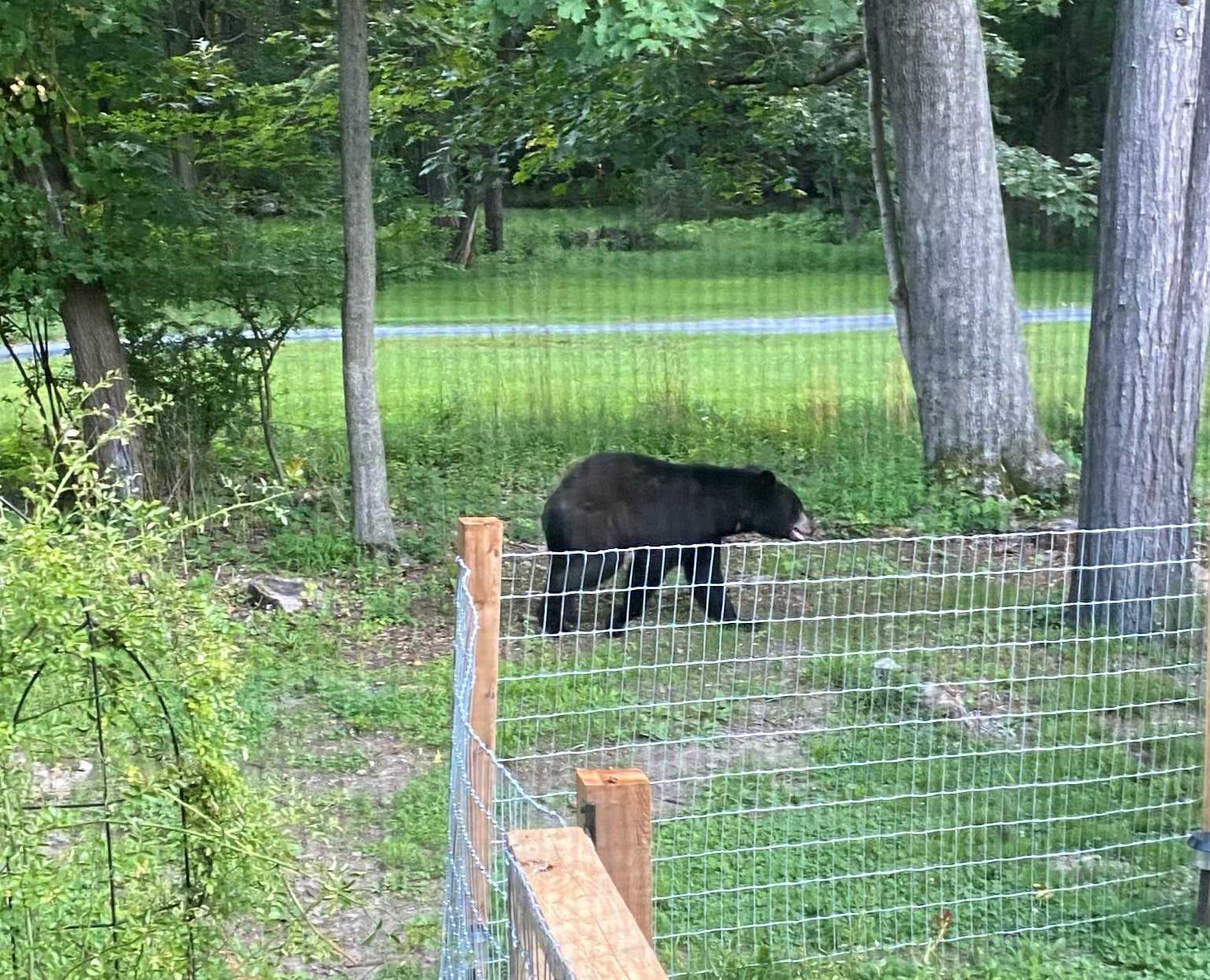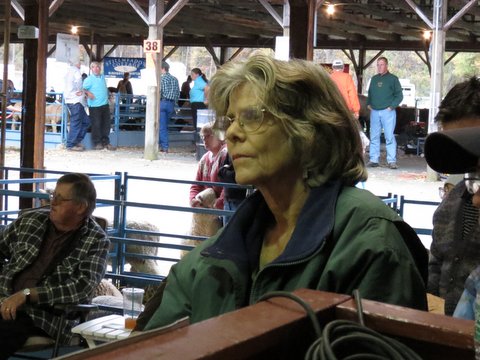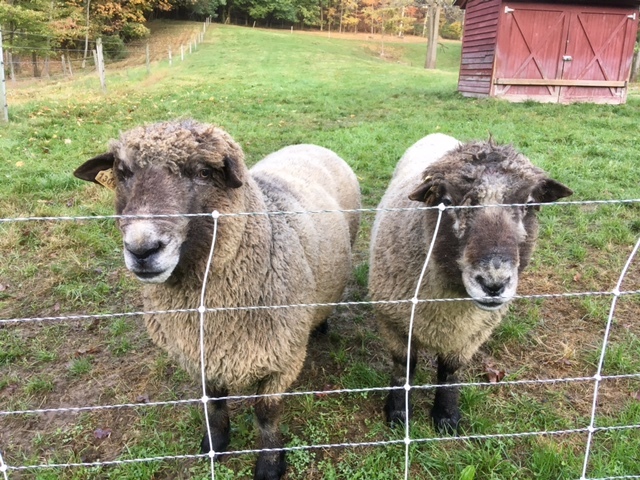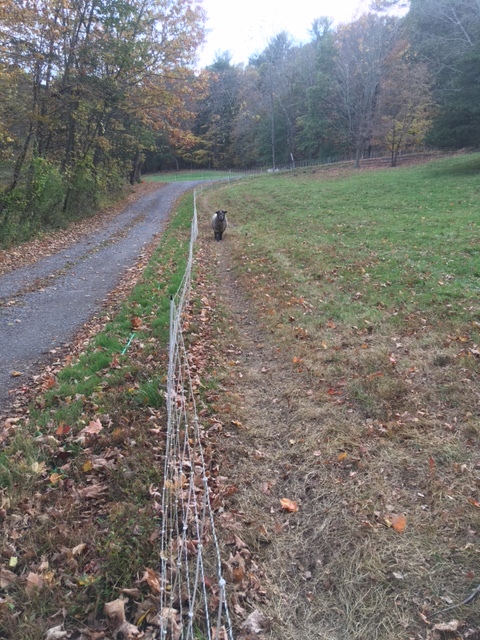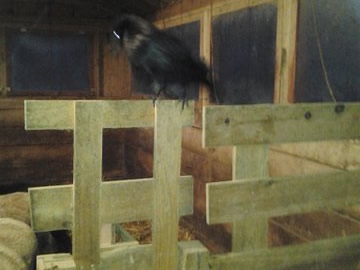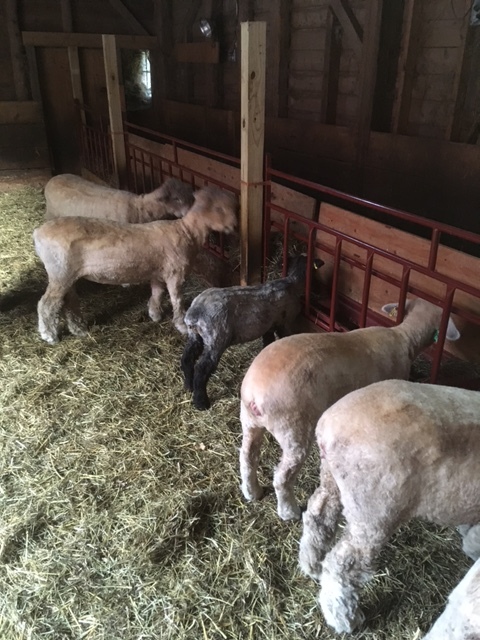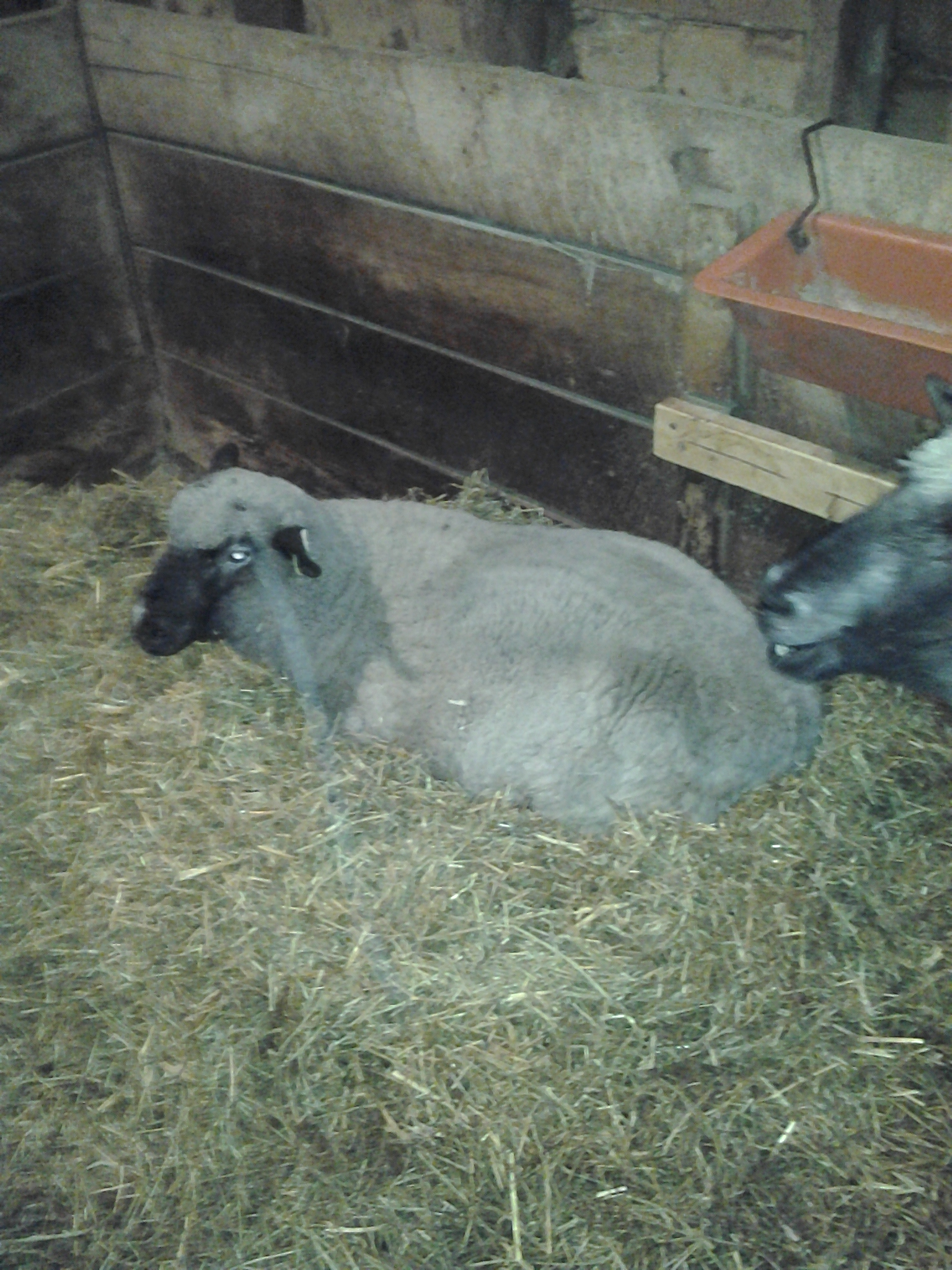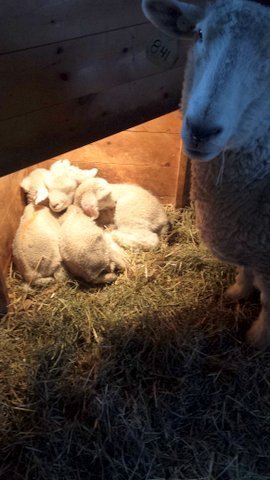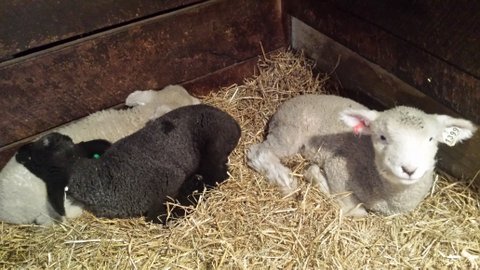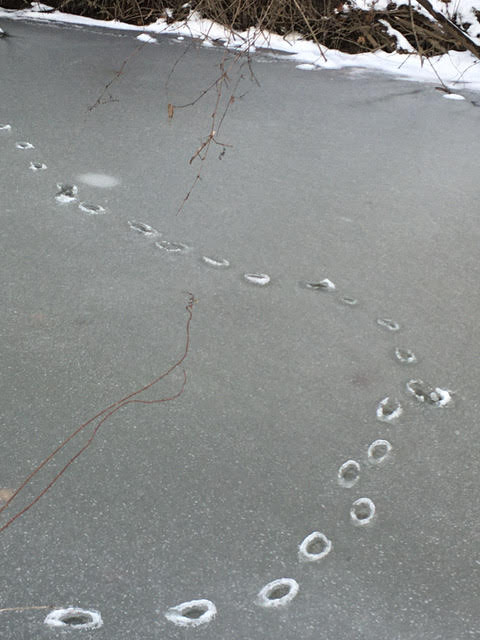For Sale
Although we have not been to a show since 2018, we still raise Romneys that fit the ARBA standard in every way. Come and see our March-born 2025 lambs. We haven’t offered any for sale until now (early September 2025). The delay is explained below.
Manager Rhonda Jaacks has descriptions to send out. Rhonda’s phone is 845 217 1974 email anchorageromneys @gmail.com
Why the delay? Last May our web site said we would sell no 2025 lambs (with three exceptions) until after the summer when we could see which are most resistant to the challenge of Strongyles nematodes, of which the barber-pole worm is the worst of a bad lot. Back in April we had dreamed of selective de-worming based on fecal egg counts and FAMACHA scores. As things worked out, however, the worm challenge was so stiff that it was not possible to spot the most resistant lambs as surely as we’d hoped. That’s discussed two paragraphs down, if you’re interested.
Still, we reached the objective of taking all the lambs through the summer’s parasite onslaught, and now have those that did the best available as breeding stock — white ewes, white rams and one extension-dominant ram lamb. All are sired (AI) by KKS 7084-22, the NZ romney ram with very high worm resistance whom we own. Note well: the yearling rams sold from the Kikitangeo South stud in 2023 had never been drenched, despite severe pressure in the environment.
Why did we not delineate resistance to worms more securely? As the summer passed, we found too few lambs that had egg counts below 600 eggs per gram and a good FAMACHA score to selectively deworm the hardest-hit 50% of the cohort. We ended up drenching every one of them, first with moxidectine (Cydectin) and albendazole (Valbazen) then, three weeks later, levamisole (Prohibit). The only index of resistance discernible in this situation was the fecal egg count following the Cydectin + Valbazen drenching, which left about half of the treated lambs with fecal egg counts over 1000 epg. Fortunately, levamisole worked wonders again this year. Here’s hoping it keeps a grip.
**********************************************************************************************************************************************************************************
